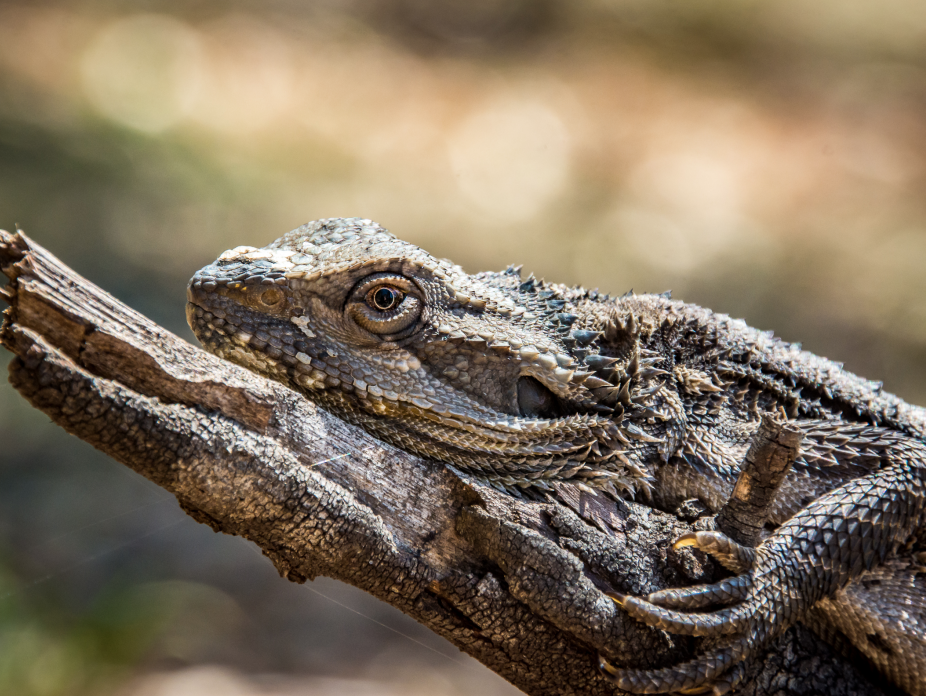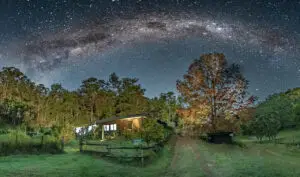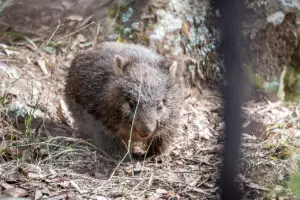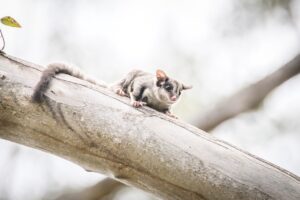You packed your camera gear for your nature getaway, but what else do you need to think about?
Successful wildlife photography is about so much more than having the right kit. Yes, top level cameras and lenses’ will take much more professional images; however, you can get some cracking shots with relatively basic gear. But this is about the other things that are useful to think about before you head out.
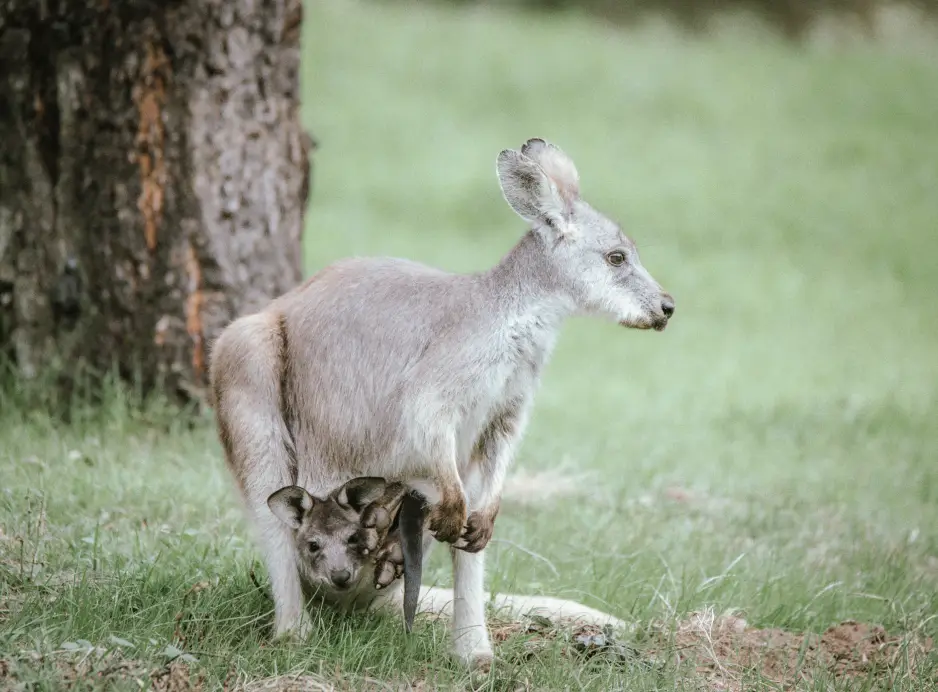
There comes a time when every parent realises their child is big enough to move
out…
Check out these tips and tell us what you think!
- Make sure you pack for comfort. Waiting for animals and birds requires patience, and that’s much
easier if you’re not wet/cold/being eaten by mosquitos etc. Clothing suitable for the weather (and
predicted weather later in the day!), sunscreen, hat, and bug spray are all non-negotiable.
- Bring snacks and water. This one seems like a no-brainer, but hiking up a hill to find your
subjects can be hard work, and needs sustenance. But make sure what you bring is easy to
seal up (there’s nothing worse than spilling something sugary into your backpack!). It’s also
worth considering how quiet it is to open the packets – you don’t want to scare off animals
(especially when they’ve just started to ignore you) with the bag rustling!
- Consider a monopod, or something to rest your lens on. Long lenses are amazing for
getting close to the action, but they’re heavy! Even if you’re super fit, holding a 3kg lens up
for 5 minutes (let alone 30!) is going to either give you shaky pictures, or make you miss the
action as you have to stop to rest your arms.
- Think about how you’re going to move with everything you’re carrying. Now, depending on
the terrain, this may mean carrying up small scrambles, under low branches or jumping
across water. Pack as light as you can, in a well-fitting backpack. There are many different
types of holster/straps available to carry your cameras, too; do you use one?
“Top tip – watch
out for ants on
the ground
before you sit!”
-SOURCE – PHIL’S BUM
If you have a particular target in mind, make sure you know something about their behaviour or where to find them. This male yellow-tailed black cockatoo was feasting on grubs under the tree bark.
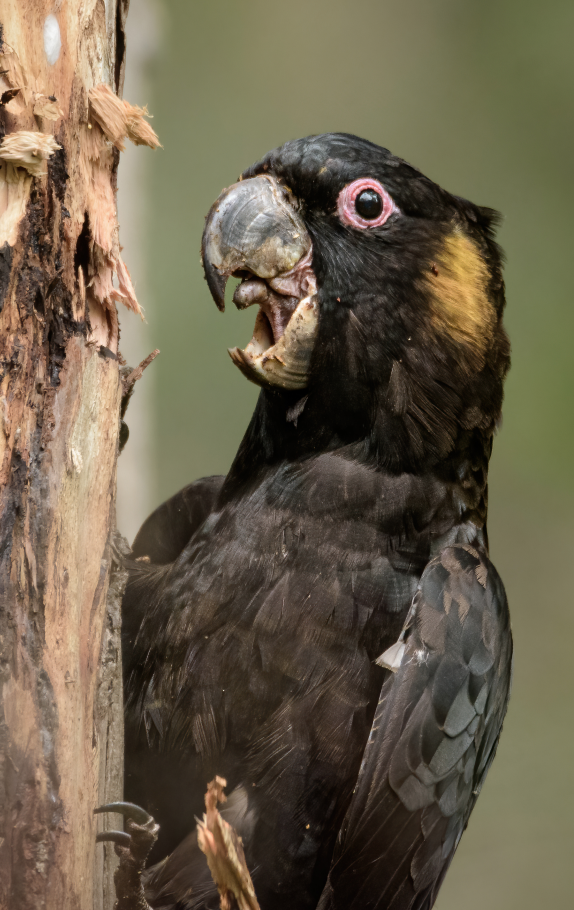
- Does someone know where you’re going? Normally when we’re off hiking in the bush,
it’s a good idea to take a friend. However, unless you’re both happy sitting for long periods,
not talking, this might be a trip you want to do on your own. However, it makes it even more
crucial you let someone know where you’re going, and when you’re planning on being back.
If you have phone signal, great! If not, do you have a plan B? Radios, Epurbs, etc are
definitely options.
- Do your research. Sometimes, just wandering in the bush and seeing what you come across
is both rewarding and fruitful – however, a little planning can increase your success. Knowing
the behaviours of the animals you’re after is crucial eg chasing wombats in the midday sun is
unlikely to yield anything, and looking for ground dwelling birds in the trees will leave you
frustrated.
- Find a comfortable spot, with a good view of where animals and birds might be, and just sit
and see what happens. Some of Phil’s best shots have come from doing nothing, and seeing
what happens. Top tip – watch out for ants on the ground before you sit! Hiring one of our
Nakie hammocks might be a perfect option here…
- Listen. Now, that may seem a rather moot point at the moment, with the cicadas going crazy
(check out our amazing time-lapse of a cicada hatching here!). However, one of the most
reliable things Phil does to find his subjects is follow his ears. The gang-gang, koala and
yellow-tailed black cockatoo photos on this site are all great examples of this concept in
action.
Were any of these new to you? Anything you do, that we didn’t mention?
Here at Willow’s Retreat, we have so many different options to see, admire and photograph wildlife. Every booking with us also supports our conversation work – contact us to find out more, or chat to us in person next time you stay with us. A great way to get involved in the meantime is to support our friends at the Wombat Protection Society of Australia. Click on the link to find out how you can help.
Phil’s considering offering guided nature walks *wildlife not guaranteed or even guided photography sessions. Is this something you’d be interested in? Let us know below! Check out his work on this site, on the walls of the Retreat, or at his insta here.
Dragons are real – in the warmer months, you’ll see these guys here (trying to look invisible!)
